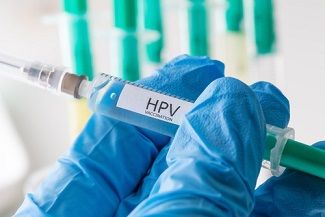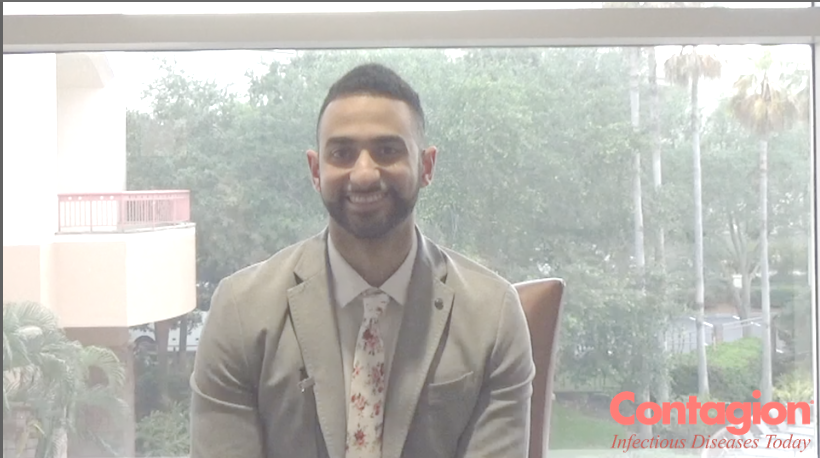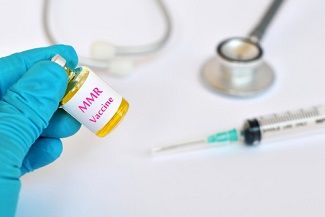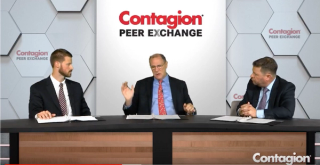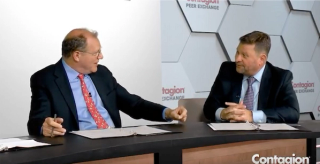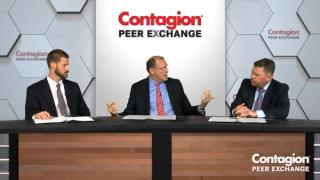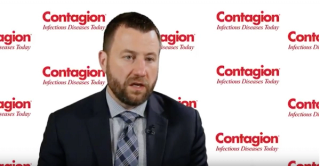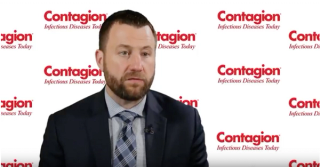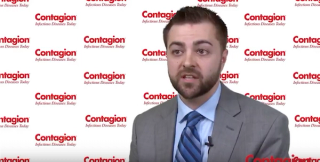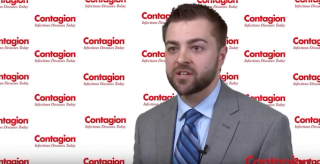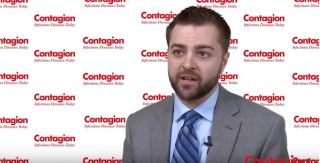
Prevention
Latest News
Latest Videos

CME Content
More News

Mosaico plans to register 3800 HIV-negative participants aged 18 to 60 years when enrollment opens later this year.
PrEP awareness among these MSM rose from 60% to 90% from 2014 to 2017, and PrEP use increased from 6% to 35%.
The program combines PrEP administration along with evidence-based behavioral intervention to reduce HIV risk behavior for HIV-negative, opioid-dependent people who use drugs and are receiving treatment.
Interest in on-demand HIV pre-exposure prophylaxis may be increasing, according to a survey in Australia.

Getting PrEP into the hands of those who stand to gain the most from it, including women in sub-Saharan Africa remains a challenge.
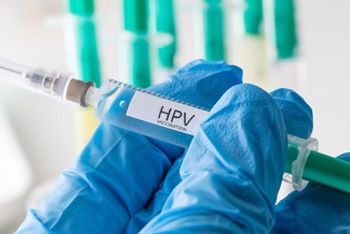
ACIP voted 10-to-4 to expand the recommended HPV vaccine “catch-up” age for men from 21 to 26, matching the existing guidelines for women.
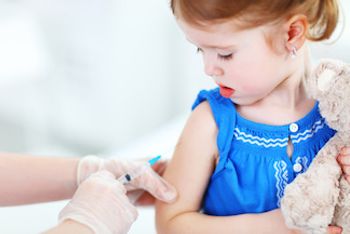
A new study found that infants fully vaccinated against rotavirus were 33% less likely to develop type 1 diabetes later in life than children who didn’t receive the vaccine.

A recent animal trial reveals that MK-8591 offers protection against SHIV at lower and more infrequent doses than current PrEP options, renewing hope for more choices in the future.

We asked those working on the frontlines to share their thoughts on the scope of the problem and possible solutions.
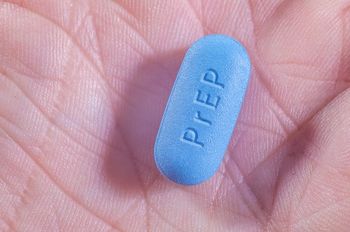
The HIV Medicine Association reports that the recommendation, once implemented in 2021, will require insurers to cover PrEP with no cost-sharing to patients.
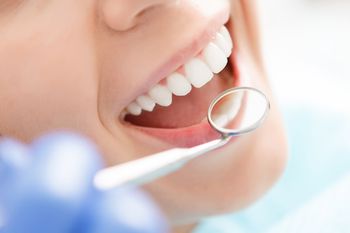
Dentists write 1 in 10 antibiotic prescriptions in the United States and a new study has found that more than 80% of the antibiotics prescribed for infection prophylaxis are unnecessary.

Relevant existing reports, though limited, demonstrated positive outcomes and suggest a promising space for pharmacy practice growth in outpatient antimicrobial stewardship.
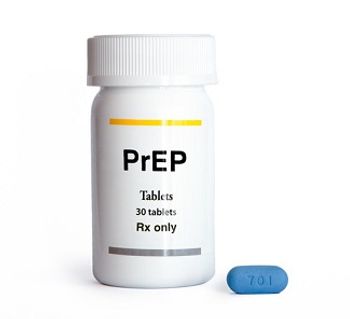
Individuals at a higher risk of contracting HIV showed greater adherence to PrEP and moved toward less risky partnership types over time.

Infectious disease exposures account for a major loss of time loss for RNs and infection preventionists. Here's the true burden.
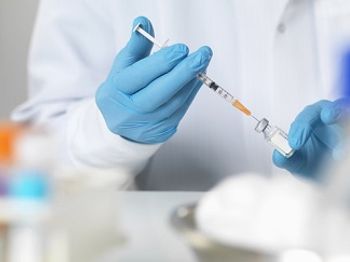
Diversity of Group A Streptococcus strains has frustrated vaccine development efforts, but investigators have taken a step closer to finding a common gene signature in nearly all strains.
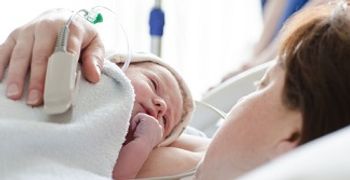
Although antibiotic prophylaxis for new mothers is common following caesarean section births, a new study provides evidence of benefits on infection reduction in women following operative vaginal birth.

The American Society of Transplantation Infectious Diseases Community of Practice has issued a new section of guidelines as part of its series of evidence-based graded recommendations for the diagnosis, prevention, and management of SSIs.
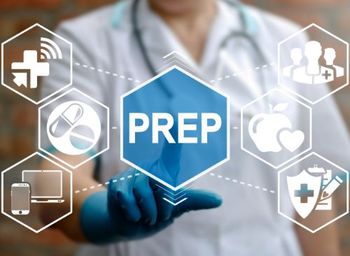
Generic PrEP drugs offer a cost-effective way for people to reduce their risk of HIV, though some worry about the authenticity of drugs purchased online.
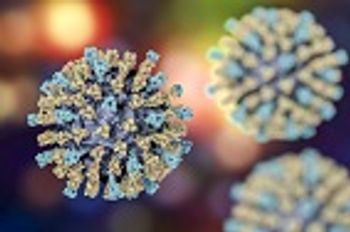
International travel and poor vaccine uptake are among the key factors identified by investigators who mapped counties at-risk for measles cases in the United States.

At MAD-ID 2019, Alison Lew, PharmD, spoke about her research on oral vancomycin prophylaxis to reduce CDI recurrence.

A new study finds involving bedside nurses in antimicrobial stewardship and infection prevention can yield major results in a short amount of time.

Women are quite receptive to learning about PrEP in the right environment, but some providers have a long way to go in terms of education.

Agreement between Gilead and Trump administration promises more drugs for at-risk patients.
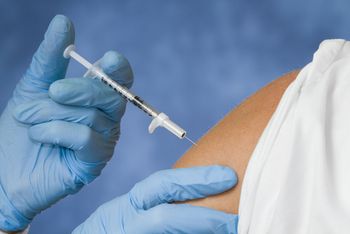
Following a rise in sexually transmitted infection diagnoses in recent years, NIAID is awarding grants for research into syphilis, gonorrhea, and chlamydia vaccine candidates.

Minh-Hong Nguyen, MD, explains why it's so important to continue developing new antifungal drugs.
